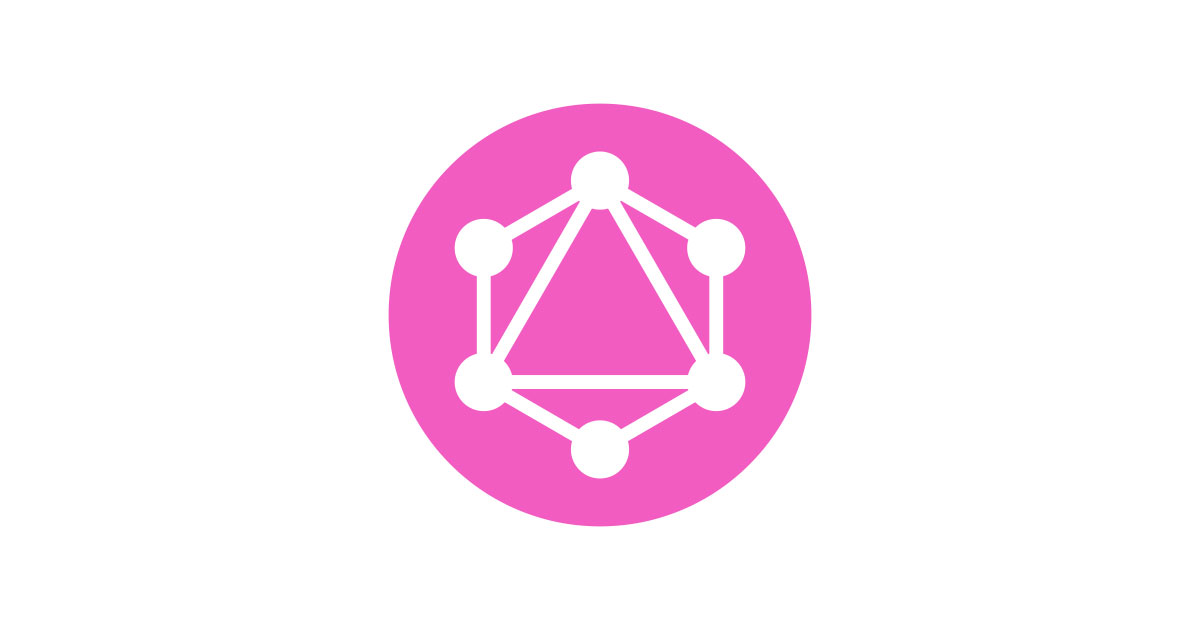
GraphQL: The Future of APIs
Introduction
In the rapidly changing world of web and app development, APIs are the backbone of modern systems. Over the years, we’ve seen numerous ways to interact with APIs, but one technology stands out for its flexibility and efficiency: GraphQL. But what is GraphQL, and why is it making such a significant impact on how we build and use APIs?
GraphQL is a query language for APIs and a runtime for executing those queries by using a type system you define for your data. It allows clients to request exactly the data they need — nothing more, nothing less. Unlike traditional REST APIs, which require multiple endpoints to retrieve related data, GraphQL uses a single endpoint, making data fetching simpler and more efficient.
What Makes GraphQL Different?
Query Language for APIs
GraphQL allows developers to write queries that ask for the specific data they need. In contrast to REST APIs, where the server determines what data to return, GraphQL gives developers the power to shape the responses. Whether you need a specific field from a user profile or a list of products in a store, GraphQL can fetch precisely what you request.
Flexible Data Retrieval
One of the standout features of GraphQL is the flexibility it provides when it comes to data retrieval. In a traditional REST API, retrieving related data often requires making multiple requests to different endpoints. With GraphQL, you can retrieve all related data in one query, saving time and reducing the number of network calls.
Real-Time Data with Subscriptions
GraphQL also supports real-time data through subscriptions. This allows clients to listen for changes in the data and receive updates in real time. For example, a messaging app could use GraphQL subscriptions to notify users of new messages instantly.
How GraphQL Works
Overview of GraphQL Architecture
At its core, GraphQL revolves around a schema that defines the types of data available and how clients can interact with it. The schema is the heart of the web development zone.com/ API, and it specifies the types, queries, mutations, and subscriptions that clients can use.
Key Components of GraphQL
-
Schema: The schema defines the structure of your data and the operations that clients can perform. It acts as a contract between the client and the server.
-
Queries and Mutations: A GraphQL query is a read operation, allowing clients to fetch data. A mutation is used for writing or updating data. Both of these are part of the schema.
-
Resolvers: Resolvers are functions that handle the logic for each field in the schema. They fetch the data, process it, and return it to the client.
Benefits of Using GraphQL
-
Efficiency in Data Fetching: By requesting exactly what you need, GraphQL minimizes the amount of unnecessary data transferred over the network.
-
Reduced Over-fetching and Under-fetching: In REST APIs, clients may get too much data or not enough. With GraphQL, you avoid this issue since you can specify exactly what you want.
-
Strong Typing System: The GraphQL schema defines a strict type system, which makes it easier to detect errors early in development and ensures consistency in data structure.
-
Real-Time Capabilities: Subscriptions allow clients to get updates in real time, making it perfect for applications like chat apps, stock trading apps, or live sports updates.
GraphQL vs REST APIs
Key Differences Between GraphQL and REST
-
Data Fetching: In REST, you must make multiple requests to different endpoints to fetch related data. In GraphQL, a single query can fetch all the necessary data.
-
Over-fetching and Under-fetching: REST endpoints return fixed sets of data, often including too much or too little. GraphQL gives you fine-grained control over what data to retrieve.
-
Single Endpoint: GraphQL APIs use a single endpoint for all requests, while REST APIs typically have multiple endpoints for different resources.
Advantages of GraphQL Over REST
GraphQL is more efficient and flexible compared to REST. It reduces the number of requests, minimizes data transfer, and allows for faster development cycles. The ability to tailor queries to specific needs gives developers more power over the data flow in their applications.
Setting Up GraphQL
Installing GraphQL on a Server
To get started with GraphQL, you’ll need to set up a GraphQL server. You can use libraries like Apollo Server or express-graphql to create a server that can handle GraphQL queries and mutations.
Integrating GraphQL with Front-End Applications
To integrate GraphQL with a front-end application, you’ll typically use a client library like Apollo Client. It helps manage data, cache responses, and simplifies making queries from your UI.
Common Use Cases for GraphQL
-
Mobile Apps and Single-Page Applications (SPAs): GraphQL is ideal for mobile and web apps where you want to fetch data in a way that’s optimized for the client’s needs.
-
Complex Data Requirements: If your app needs to retrieve data from multiple sources, GraphQL’s ability to combine data into a single query can significantly reduce complexity.
-
Microservices Architecture: In a microservices architecture, GraphQL can serve as a unified API layer that aggregates data from various microservices.
GraphQL Tools and Ecosystem
GraphQL has a rich ecosystem of tools to make development easier:
-
Apollo Server: One of the most popular libraries for building GraphQL servers, offering features like caching, schema stitching, and real-time data handling.
-
GraphiQL and Apollo Client: GraphiQL is an interactive tool for exploring GraphQL APIs, while Apollo Client is a powerful tool for integrating GraphQL into front-end applications.
-
Relay and Other Tools: Relay is a framework developed by Facebook that helps you build GraphQL-based data layers in JavaScript applications.
Challenges with GraphQL
While GraphQL offers numerous benefits, there are also some challenges:
-
Complexity of Setup: Setting up a GraphQL server can be more complex than a traditional REST server, especially if you need to manage subscriptions or integrate with multiple data sources.
-
Query Complexity and Performance: Complex queries can put a strain on the server, especially if users can request large datasets. Proper optimizations, such as limiting query depth, are needed.
-
Caching and Optimizing GraphQL Responses: Since GraphQL responses are dynamic, caching can be tricky. Developers need to implement proper caching strategies to avoid performance issues.
Best Practices for GraphQL
-
Designing an Efficient Schema: A well-designed schema is critical to making GraphQL work efficiently. Plan your types and fields carefully to avoid unnecessary complexity.
-
Pagination and Rate Limiting: When dealing with large datasets, implement pagination to prevent overwhelming the server with requests. Rate limiting can also prevent abuse.
-
Error Handling in GraphQL: Proper error handling is essential. GraphQL responses include detailed error messages, which can help developers debug and improve their applications.
GraphQL in Real-World Applications
-
E-Commerce Platforms: GraphQL is used in e-commerce websites to efficiently manage product data, user accounts, and shopping carts.
-
Social Media Integrations: Social media apps use GraphQL to fetch user profiles, posts, and comments in a single query, improving load times and performance.
-
Content Management Systems (CMS): CMS platforms use GraphQL to provide flexible and efficient content querying for developers.
Future of GraphQL
GraphQL is continuously evolving, and its adoption is expected to grow. As more businesses realize its potential to simplify API management and improve performance, it will play a central role in future web and mobile applications.
Conclusion
GraphQL is revolutionizing the way we work with APIs. Its flexibility, efficiency, and real-time capabilities make it an excellent choice for modern applications, especially as data complexity increases. If you’re looking to streamline your API architecture, GraphQL might just be the tool you need.



